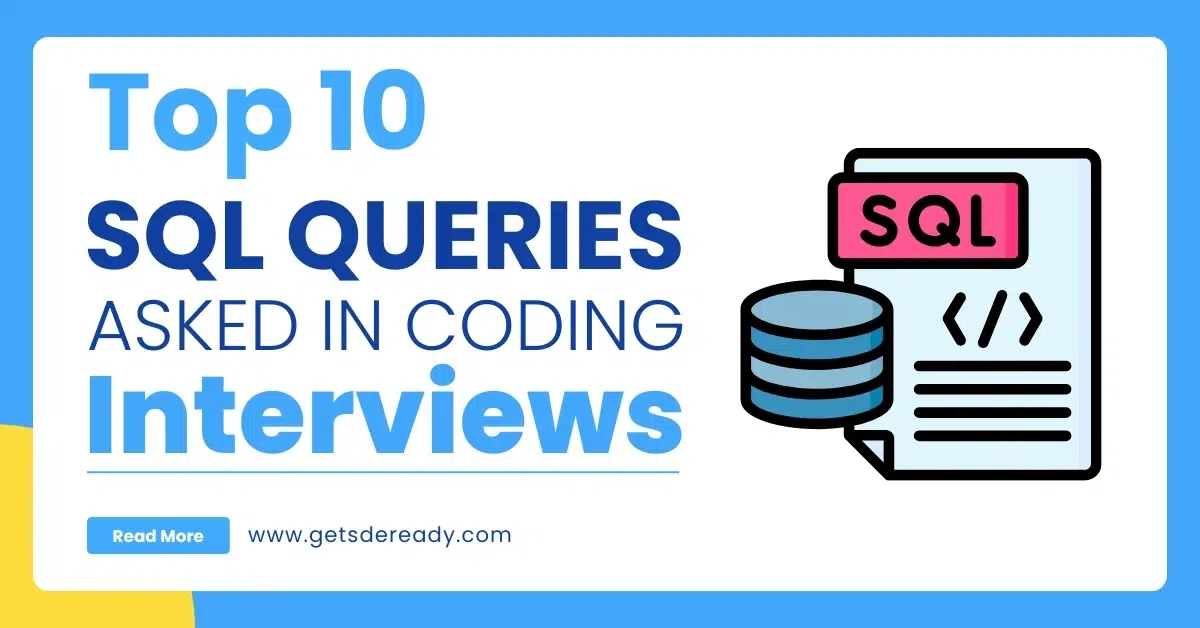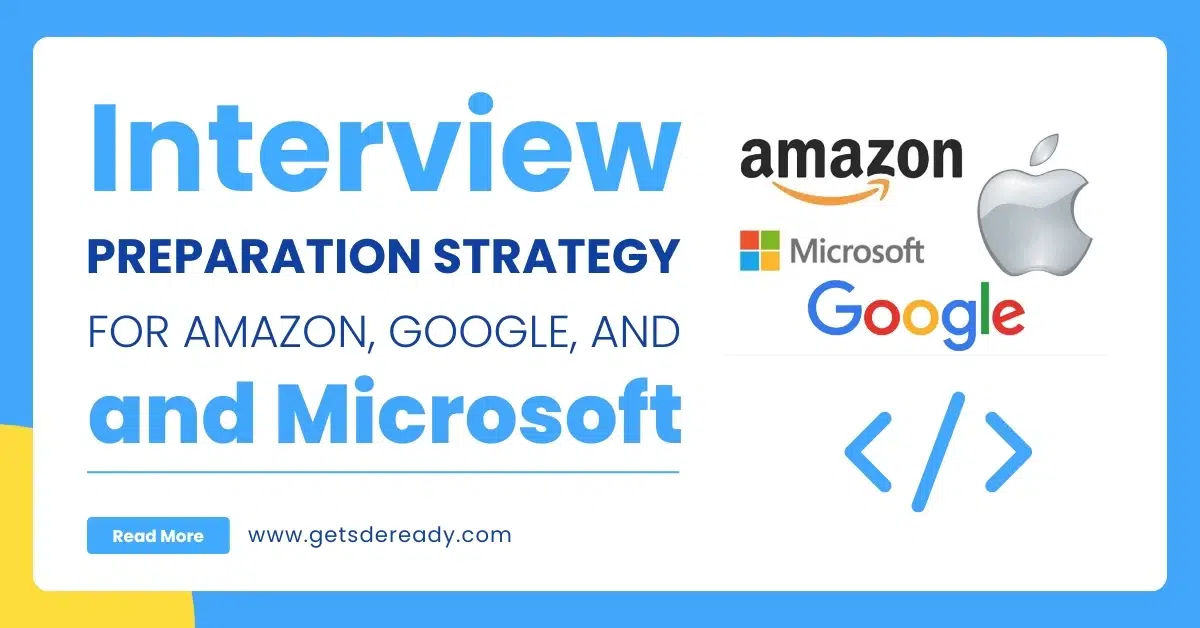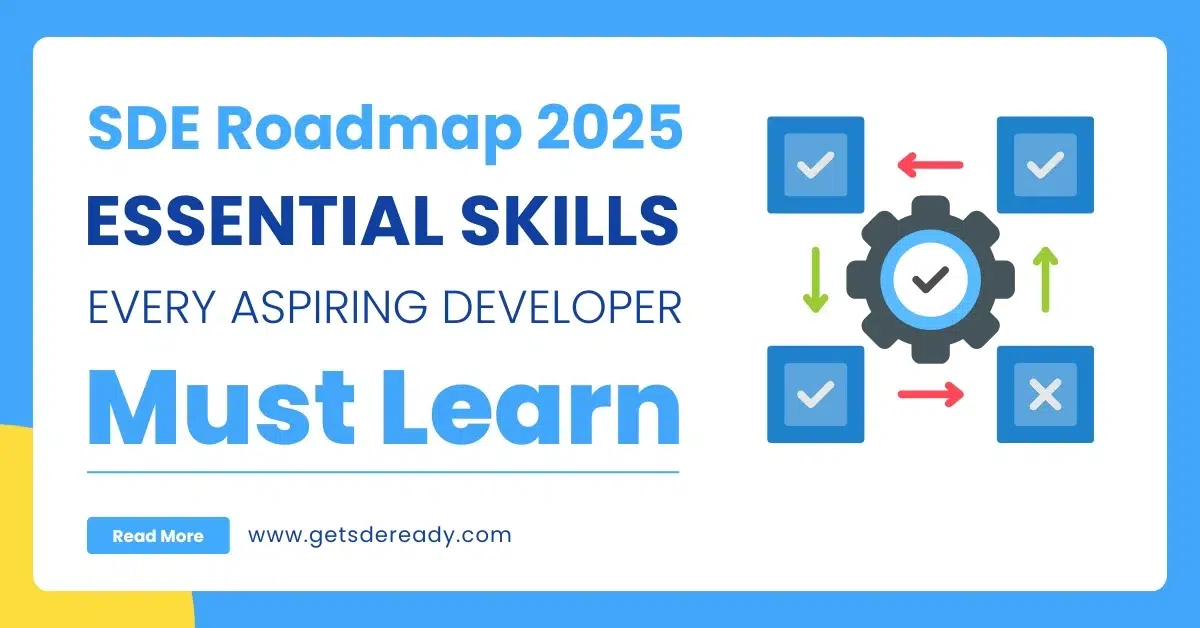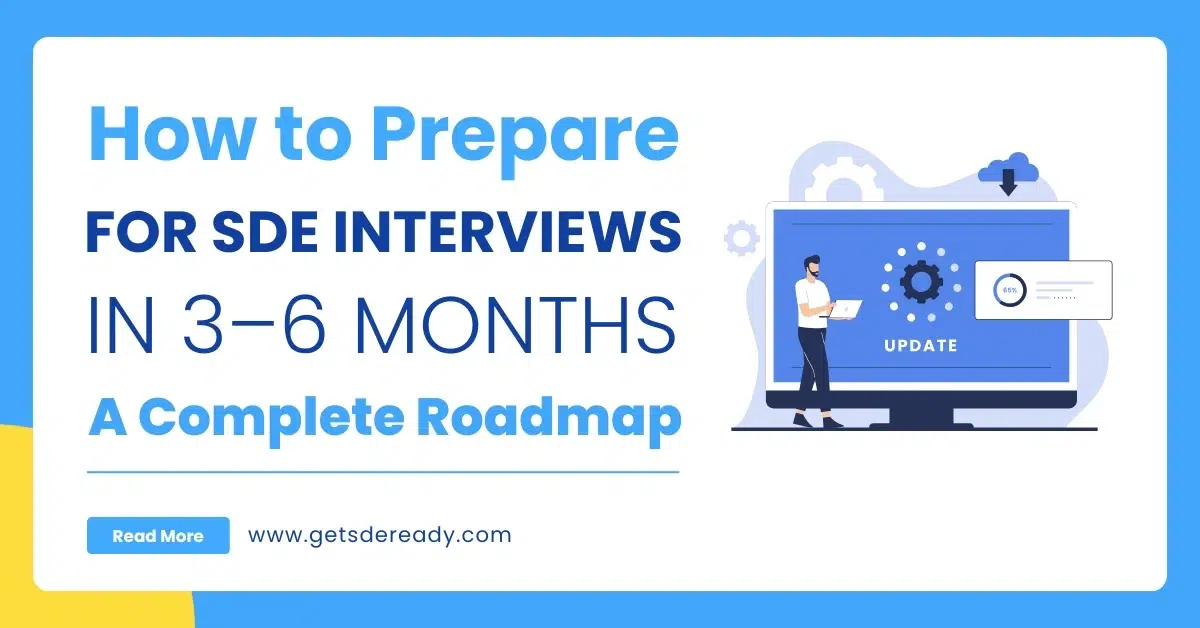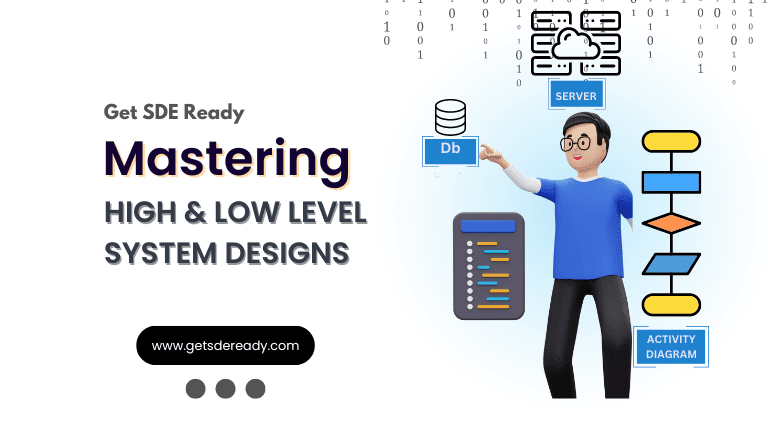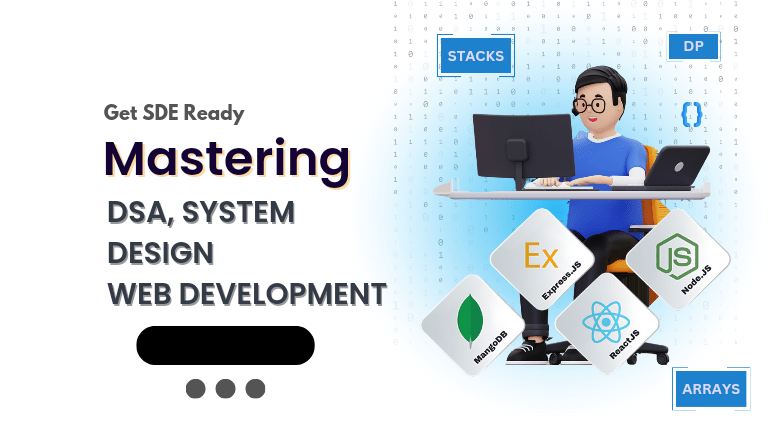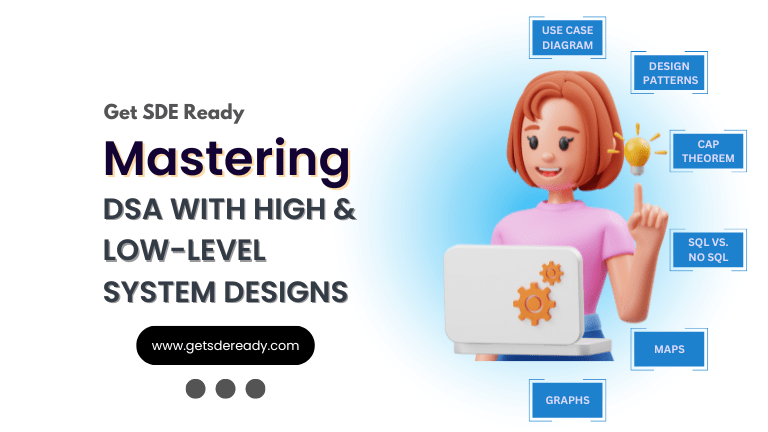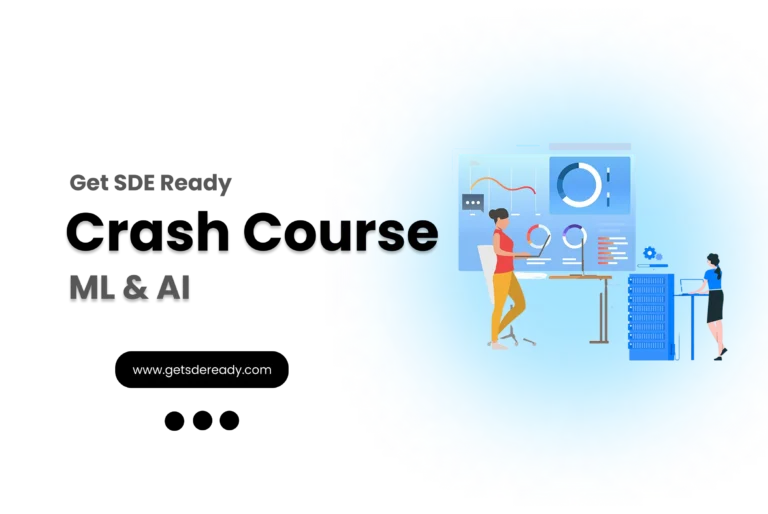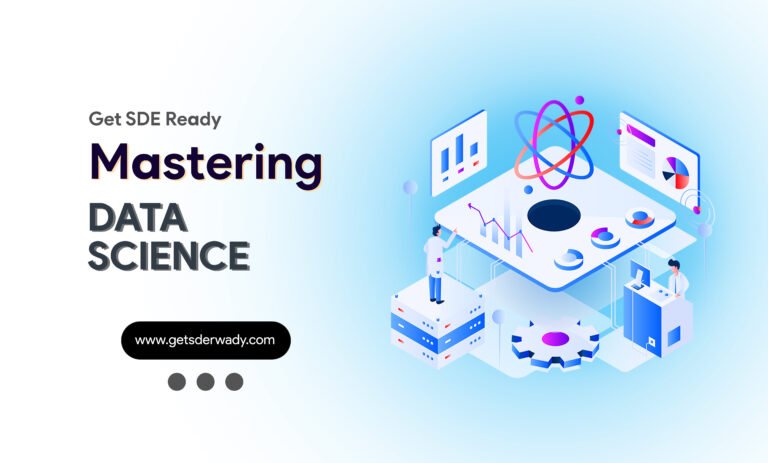
Top 20 Web Development Questions for Full Stack Developers
When it comes to full stack web development, being prepared for a wide range of interview questions is essential. Here’s a comprehensive guide that covers the top 20 questions you might encounter, complete with detailed explanations and insights to help you nail your next interview. For more free resources and course updates, check out this form.
1. What is the difference between front-end and back-end development?
Front-end Development
- Focuses on the user interface and experience
- Involves languages such as HTML, CSS, and JavaScript
- Deals with layout, design, and interactivity
Back-end Development
- Focuses on server-side logic and database management
- Involves languages such as Node.js, Python, Ruby, and PHP
- Handles application logic, authentication, and data storage
Recommended Topic: Top 10 Frontend Design Questions
Comparison Table:
Aspect | Front-End | Back-End |
Primary Focus | User Interface (UI) | Server-side Logic |
Languages | HTML, CSS, JavaScript | Node.js, Python, Ruby, PHP |
Key Concern | Design, layout, interactivity | Database management, application logic |
2. What are RESTful services, and how do they work?
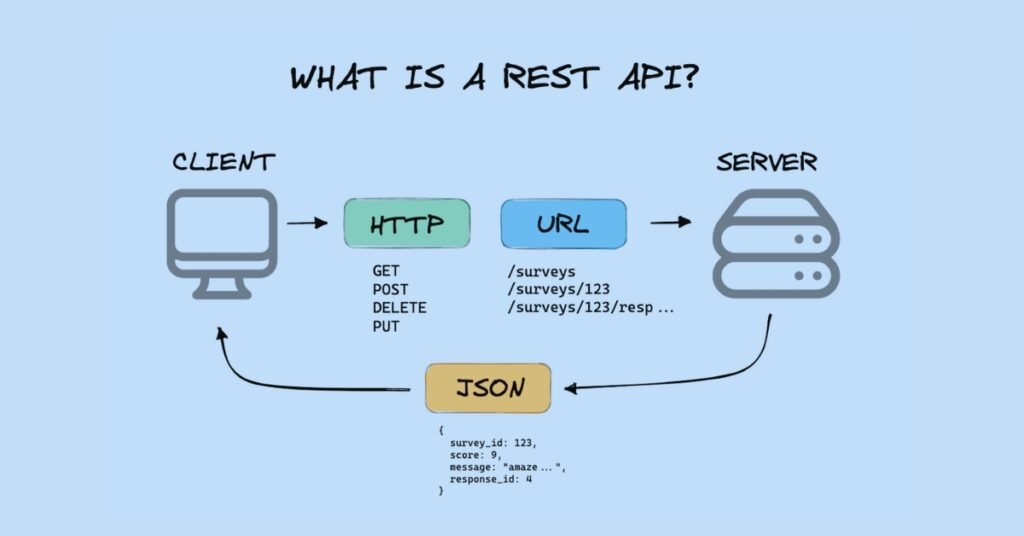
RESTful Services
- Use HTTP methods like GET, POST, PUT, DELETE
- Stateless communication with HTTP status codes
- Designed to be scalable and simple
Key Components of RESTful Services
- Resources
- URIs (Uniform Resource Identifiers)
- JSON or XML formats
- HTTP methods and status codes
Also Read: Top 15 DSA Questions on Arrays & Strings
3. What is the importance of responsive design?
Responsive Design
- Ensures websites work across different devices and screen sizes
- Enhances user experience and accessibility
- Uses flexible grids, layouts, and media queries
Benefits of Responsive Design
- Improved user engagement and retention
- Better SEO rankings
- Cost-effective and future-proof
Also Read: Top 10 Cloud App Design Questions
4. How do you optimize a website for performance?
Website Optimization
- Reducing file sizes and server response times
- Using Content Delivery Networks (CDNs)
- Implementing caching strategies
Tips for Website Optimization
- Minimize HTTP requests
- Optimize images and use proper formats
- Leverage browser caching
- Compress files using Gzip
- Reduce server response time
Recommended Topic: Top 20 DSA Questions for 2025 Interviews
5. What are the common security vulnerabilities in web development, and how do you prevent them?
Common Vulnerabilities
- Cross-Site Scripting (XSS)
- SQL Injection
- Cross-Site Request Forgery (CSRF)
Prevention Techniques
- Input validation and sanitization
- Using prepared statements and parameterized queries
- Implementing CSRF tokens
Also Read: Top 15 Companies Asking Advanced Design
6. What are Single Page Applications (SPAs)?
Single Page Applications (SPAs)
- Load a single HTML page and dynamically update content
- Improve user experience by reducing page load times
- Use frameworks like Angular, React, and Vue.js
Advantages of SPAs
- Faster navigation and improved performance
- Better user experience
- Simplified development with reusable components
Recommended Topic: Solving Tricky DSA Interview Questions
7. Explain the Model-View-Controller (MVC) architecture.

MVC Architecture
- Model: Manages data and business logic
- View: Handles the user interface and presentation
- Controller: Acts as an intermediary between Model and View
Benefits of MVC
- Separation of concerns
- Easier maintenance and testing
- Scalability and organized code structure
Also Read: 10 Tips for Mastering FAANG Design
8. How do you manage state in a React application?
State Management in React
- Using React’s built-in useState and useReducer hooks
- Context API for global state
- External libraries like Redux or MobX
State Management Techniques
- Lifting state up
- Context API for prop drilling
- Redux for complex state management
Recommended Topic: Roadmap to Crack Startup Design Interviews
9. What is the role of Node.js in web development?
Node.js Role
- Server-side JavaScript runtime built on V8 engine
- Handles asynchronous operations with event-driven architecture
- Powers scalable network applications
Benefits of Node.js
- Non-blocking I/O for better performance
- Large ecosystem with npm (Node Package Manager)
- Enables full-stack JavaScript development
Also Read: Top 10 Distributed System Design Challenges
10. How do you ensure cross-browser compatibility?
Ensuring Cross-Browser Compatibility
- Using CSS resets and normalizations
- Testing across multiple browsers and devices
- Utilizing feature detection with Modernizr
Techniques for Cross-Browser Compatibility
- Using vendor prefixes
- Writing clean and semantic HTML
- Leveraging polyfills for unsupported features
Recommended Topic: Top 10 SQL Queries for Web Dev Interviews
11. What is the significance of version control systems in web development?
Version Control Systems
- Track changes in codebase over time
- Facilitate collaboration among developers
- Enable branching and merging workflows
Popular Version Control Systems
- Git
- SVN (Subversion)
- Mercurial
12. How do you implement authentication and authorization in web applications?
Authentication and Authorization
- Authentication: Verifying user identity
- Authorization: Granting permissions based on roles
- Using tools like JWT (JSON Web Tokens), OAuth
Steps for Implementation
- User registration and login
- Token generation and validation
- Role-based access control
13. What are the best practices for database design?
Best Practices for Database Design
- Normalization and denormalization
- Indexing for performance
- Ensuring data integrity with constraints
Database Design Principles
- Use of primary and foreign keys
- Designing for scalability
- Avoiding redundant data
14. How do you handle error logging and monitoring in web applications?
Error Logging and Monitoring
- Implementing logging libraries like Winston or Log4j
- Using monitoring tools like New Relic, Sentry
- Setting up alerts for critical issues
Error Handling Techniques
- Catching and logging exceptions
- Implementing centralized error handling
- Monitoring application performance
Recommended Topic: Instagram: Low-Level Design Guide
15. What are the differences between SQL and NoSQL databases?
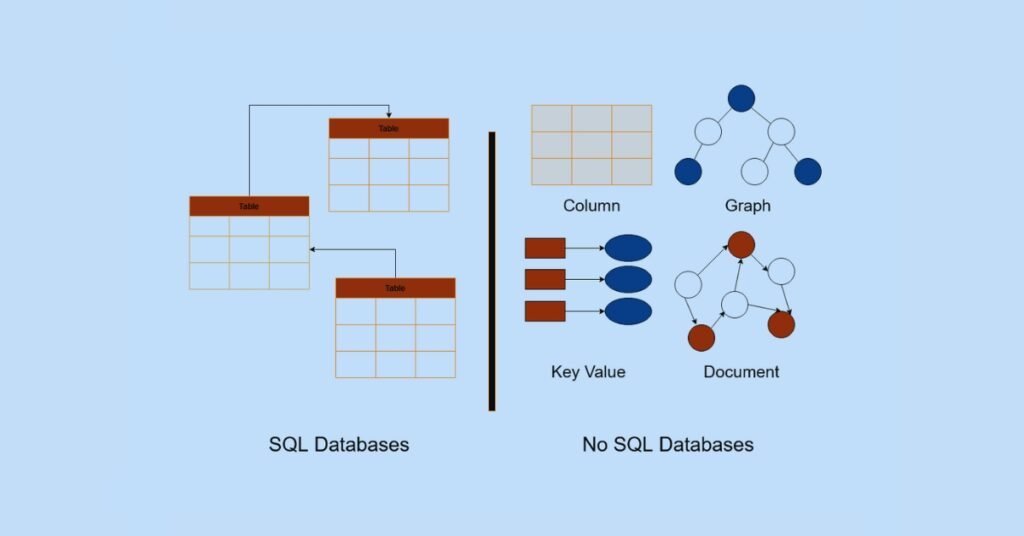
SQL vs NoSQL
- SQL Databases: Structured data, ACID compliance
- NoSQL Databases: Flexible schemas, horizontal scalability
Comparison Table:
Aspect | SQL Databases | NoSQL Databases |
Structure | Structured, tabular data | Flexible, non-tabular data |
Examples | MySQL, PostgreSQL, SQL Server | MongoDB, CouchDB, Cassandra |
Scalability | Vertical | Horizontal |
Transactions | ACID-compliant | BASE model |
Schema | Fixed | Dynamic |
16. What is Continuous Integration and Continuous Deployment (CI/CD)?
CI/CD
- Continuous Integration: Frequent code integration into shared repository
- Continuous Deployment: Automated deployment of code changes
CI/CD Benefits
- Faster development cycles
- Automated testing and deployment
- Reduced risk of integration issues
- What are microservices, and how do they differ from monolithic architecture?
Microservices vs Monolithic Architecture
- Microservices: Small, independent services
- Monolithic: Single, unified application
Benefits of Microservices
- Scalability and flexibility
- Improved fault isolation
- Easier deployment and maintenance
Microservices vs Monolithic Architecture (continued)
- Microservices: Small, independent services
- Monolithic: Single, unified application
Benefits of Microservices
- Scalability and flexibility
- Improved fault isolation
- Easier deployment and maintenance
Comparison Table:
Aspect | Microservices | Monolithic |
Structure | Independent services | Single, unified application |
Scalability | Horizontal | Vertical |
Deployment | Independent deployment | All-or-nothing deployment |
Fault Isolation | High | Low |
Complexity | High | Low |
18. How do you handle user authentication in a Single Page Application (SPA)?
User Authentication in SPAs
- Using JSON Web Tokens (JWT) for token-based authentication
- Implementing OAuth for third-party authentication
- Using cookies for session management
Steps for Implementation
- User login and token issuance
- Storing tokens securely
- Token validation on protected routes
19. What is GraphQL and how does it differ from REST?
GraphQL vs REST
- GraphQL: Query language for APIs
- REST: Architectural style for APIs
Benefits of GraphQL
- Fetches only required data
- Reduces the number of API calls
- Provides strong type checking
Comparison Table:
Aspect | GraphQL | REST |
Data Fetching | Specific queries | Multiple endpoints |
API Call Reduction | Yes | No |
Type Checking | Strong | Weak |
20. How do you optimize database queries for performance?
Database Query Optimization
- Using indexes to speed up query processing
- Avoiding unnecessary columns in SELECT statements
- Using joins and subqueries efficiently
Tips for Optimization
- Use EXPLAIN to analyze query execution
- Optimize indexes for frequently accessed columns
- Avoid using SELECT *
FAQs
What are the key skills required for a full stack web developer?
A full stack developer should be proficient in front-end technologies (HTML, CSS, JavaScript), back-end frameworks (Node.js, Django), databases (SQL, MongoDB), and deployment tools. To master these skills, check out our comprehensive web development courses.
How important is learning DSA for web development?
Data Structures and Algorithms (DSA) are crucial for writing efficient code and optimizing performance in web applications. You can enhance your DSA skills with our specially designed DSA courses.
What are the top frameworks for full stack development in 2025?
Popular frameworks include React.js, Angular, and Vue.js for front-end, and Node.js, Django, and Ruby on Rails for back-end. To stay updated, explore our Master DSA, Web Dev & System Design course.
How do I prepare for a full stack developer interview?
Focus on understanding core concepts, practicing coding challenges, and building real-world projects. Our Design & DSA combined course can help you prepare effectively.
What is the role of data science in web development?
Data science plays a vital role in analyzing user behavior, personalizing experiences, and optimizing web applications. Learn more with our Data Science course.
Accelerate your Path to a Product based Career
Boost your career or get hired at top product-based companies by joining our expertly crafted courses. Gain practical skills and real-world knowledge to help you succeed.
Reach Out Now
If you have any queries, please fill out this form. We will surely reach out to you.
Contact Email
Reach us at the following email address.
arun@getsdeready.com
Phone Number
You can reach us by phone as well.
+91-97737 28034
Our Location
Rohini, Sector-3, Delhi-110085
